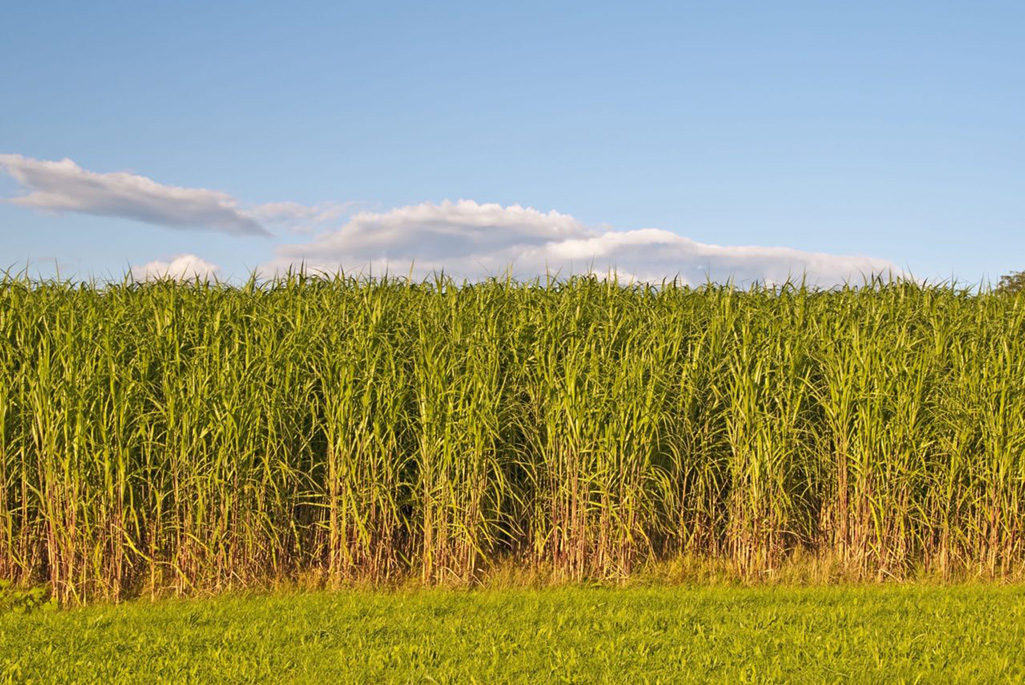Switchgrass, a deep-rooted native North American grass that grows in a range of harsh environments, stands out as an alternative to other resource-demanding bioenergy crops such as corn and sugarcane. Although switchgrass can grow in soils with low nutrient availability, nutrient levels impact its yield and the amount of biofuel that can be produced. Phosphorus (P) is a non-renewable natural resource critical for plant growth, although intensive agriculture has depleted P in many soils. In P-limited soils, switchgrass roots work to access the critical nutrient and partner with their microbiomes to make the nutrient more available.
In collaboration with researchers from the Noble Research Institute, OK, and University of California, Berkeley, Berkeley Lab researchers studied switchgrass growth in Oklahoma soils with varying concentrations of P. Their recent work led by Zhao Hao published in Communications Biology used infrared spectroscopy methods and machine learning to investigate soil P by using switchgrass leaves as chemical biosensors, and identified how P availability impacts switchgrass chemical quality and biomass yield.
“Switchgrass can adapt to grow in soils with low nutrients and low water inputs, which makes it an important biofuel crop in North America,” Hao explained. “But we need to understand the mechanisms of this adaptation and its implications on the feedstock quality.”
The plant expends energy for roots and microbes to access soil P, which can adversely impact the yield and chemistry of shoots that are used for biofuel production. To mitigate this, P fertilizer is sometimes required – however, its overuse and loss from ecosystems creates environmental issues such as harmful algal blooms. For this reason, monitoring plant available P in soil during plant growth could enable more efficient land management and biofuel production.
Using a machine learning model built with data from a laboratory-based experiment where P availability was highly-controlled, the team predicted soil phosphorus availability using signatures of leaf tissue chemistry. They applied this model to estimate how switchgrass P availability varied across two field sites with contrasting levels of phosphorus. They showed that, despite the differing soil phosphorus concentrations, the plants “sensed” similar amounts of phosphorus. The total yield of the switchgrass crop did not differ much across the soils, but the plant’s adaptation to increase P access in the lower P soils was shown from the chemistry of its shoots. This is because they had lower amounts of sugar polymers called cellulose relative to lignin, a polymer that is difficult to “digest” by biofuel producing microbes. Since cellulose is the primary ingredient of biofuels, adapting to lower nutrients might reduce the quality of the crop and its effectiveness as a biofuel.
These findings can help inform land-management practices through newly developed machine learning-techniques that predict phosphorus conditions, and also sheds insight into how phosphorus conditions influence biofuel crop quality. This opens the door to new strategies that can monitor biofuel crop chemical quality and nutrient delivery, optimizing biofuel production critical in the transition to a net-zero emissions future.


